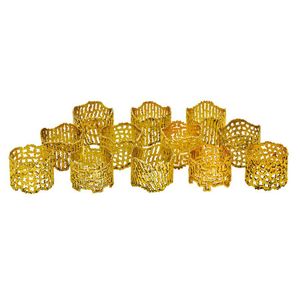Homebush Pottery Mantel Dog - Terracotta with Salt Glaze
You must be a subscriber, and be logged in to view price and dealer details.
Subscribe Now to view actual auction price for this item
When you subscribe, you have the option of setting the currency in which to display prices to $Au, $US, $NZ or Stg.
- Salt Glazed - Salt glazing involves throwing salt into the kiln when it is at its highest temperature, usually around 2,300 to 2,400 degrees Fahrenheit (1,260 to 1,320 degrees Celsius). The salt vaporizes and forms a glaze on the surface of the pottery, creating a range of effects depending on how the salt is applied and the firing conditions. This glazing method was first developed in Germany in the 15th century and quickly became popular throughout Europe and North America. It was particularly popular for making stoneware pottery, such as jugs, crocks, and other utilitarian objects.
Salt glazes can produce a range of colors, including gray, brown, blue, and even pink or purple in some cases. The texture of the glaze is typically rough and pebbled, with a matte or satin finish. The process of salt glazing can be unpredictable, with variations in temperature and salt application leading to subtle variations in the finished product.
Salt glazing is still used by potters and ceramic artists although it is less common than it was in the past. - Terracotta - Terracotta is lightly fired earthenware, red or reddish-brown in colour, used in ancient times. Fired at higher temperatures terracotta was used in the nineteenth century for decorative vases and similar objects, but rarely for utilitarian goods. Other uses for terracotta include roofing tiles, garden pots and ornaments. Glazed terracotta is known as faience.
Visually similar items

William Henry Eager (1909-), Summer's Day Arthurs Creek, pastel, signed lower right, 42.5 x 56 cm

An assembled set of twelve silver gilt napkin rings, Stuart Devlin, London, 1973-1981, each with a pierced lattice body, various designs, 477 gms, each napkin ring 4.5 cm diameter

A large blue and white Chinese porcelain jar and cover, 19th century, of baluster form featuring two dragons amid floral motifs. Provenance: Sotheby's London, 9 November 2005, L05216, Lot 660

A pair of George IV silver fish servers, fiddle and shell pattern, double struck, engraved and pierced blades, each crested with a portcullis). London 1826 by William Chawner. Weight 333gms
